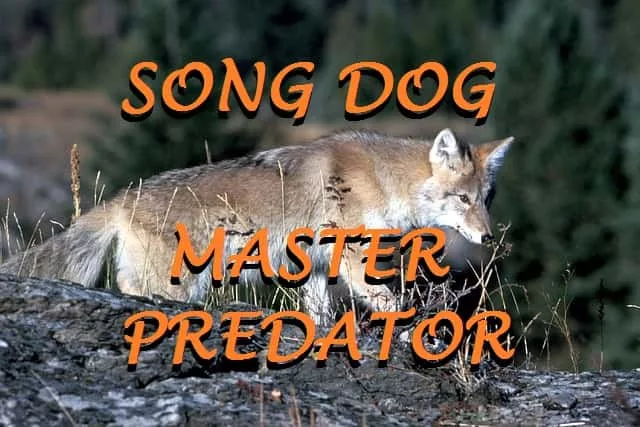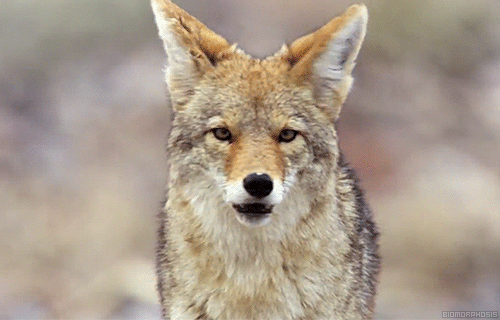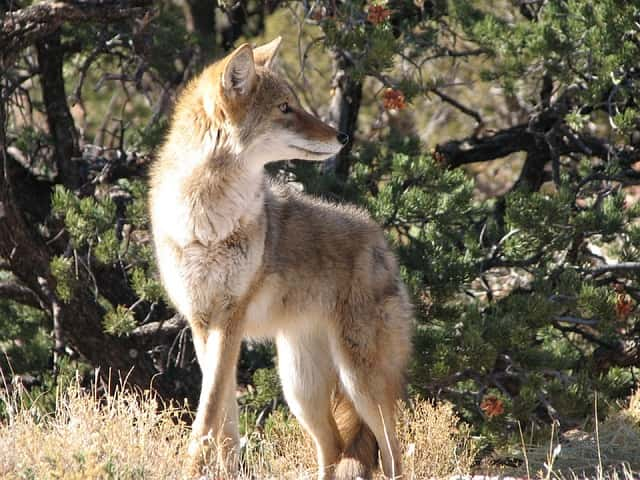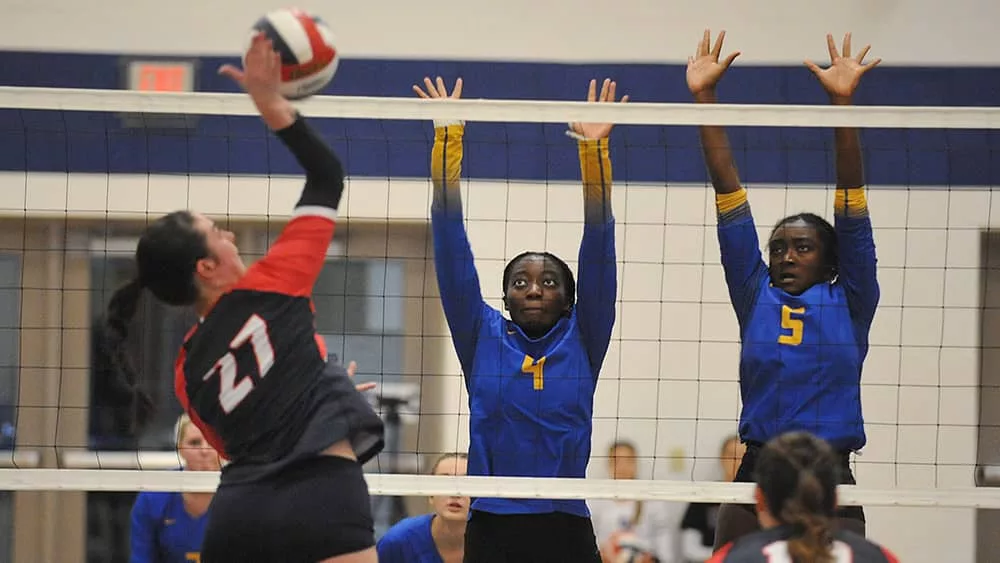
It starts with a few falsetto yips, then blossoms into something resembling maniacal laughter, the yips stringing together into chattering howls. It’s an attention-grabbing sound, and an eerie one that can awaken you from a deep sleep as it did me recently. They had come so close to my house that I could hear their heavy breathing on the other side of the outside wall of my bedroom. Coyotes howling, usually in the evening or at night, is a chorus that is being heard with increasing frequency throughout the United States – and not just in remote wilderness areas, but in towns, suburbs, and city fringes. “Howling is a basic communication behavior in coyotes,” says Gary San Julian, Penn State professor of wildlife resources. “It has several functions. One is to call the pack—really a family group—back together again after a period of individual hunting.

A second reason that coyotes howl is to advertise their presence to other packs, essentially warning those other family groups against trespassing across territorial boundaries.” Recent genetic studies indicate that the eastern coyote is part wolf. “The species concept in wild canines is fluid,” San Julian says. “Different species can interbreed with other closely related species and produce fertile offspring. Generally, though, behavioral differences act to prevent such cross-breeding.” Scientists theorize that as western coyotes moved east, they hooked up with lone wolves who, because of ongoing human persecution, were finding it difficult to locate mates from within their own kind. “Usually wolves will kill coyotes,” says San Julian. But apparently some wolves, probably in Quebec and southern Ontario, added their genes and helped shape the eastern coyote. “Coyotes are incredibly adaptable,” San Julian reports. “They can switch from eating small mammals, including mice and voles, to dining on melons and apples and berries.

They eat garbage. Some prey on domestic dogs and house cats. Several of my friends in the Hopkinsville, KY area described how coyotes came into their yard and took their pets, one of them was a full grown Husky. Fences don’t deter them. I have personally seen them climb an 8 foot chain link security fence like they were a squirrel. Coyotes are comfortable hunting on their own—catching small rodents in newly cut hayfields, for instance—and they also cooperate with each other in packs to take larger prey, like deer and young cows…especially calves. The basic unit is a family group: an adult male and female, plus any grown offspring that have not yet dispersed into territories of their own. “Coyotes don’t form large packs the way that wolves do,” says San Julian. “A typical family group may number four of five individuals.” That would be a family pack.

Normally coyotes are timid and shy away from people, but they have been known to attack people. There are only two known fatalities. In 1981 in California, a 3 year-old girl was attacked and killed by a coyote when she was playing unattended in her front yard. In 2009 singer Taylor Mitchell was killed in a coyote attack in Canada. Wikipedia says “Her death is the only known fatal coyote attack on an adult as well as the only known fatal coyote attack on a human in Canada. It shocked experts and led to a reassessment of the risk to humans from the predator behavior of coyotes.” Coyotes do only two things that wolves & dogs don’t do. They have a “gape” (hold their mouth open), when they feel threatened and they can make a hissing noise like a cat. While they have been known to interbreed with dogs and produce “Coydogs”, they are MUCH less common than people think. That happens in nature if a coyote can’t find a mate, it will breed with a domestic dog. If there are coydogs in a pack, they are more dangerous to humans. This is because coydogs do not have the natural fear of man like a full blooded coyote does. As humans expand their living areas and coyotes expand their range as well, contact is inevitable.

Most of the time, coyotes go out of their way to avoid humans, but they’re discovering that humans are a good source for food. Resourceful and adaptable as coyotes are, they will take advantage of this when they can. In urban areas and in some national parks coyotes are changing their behavior. The most serious problem is that the animals may become habituated to people. As they lose their fear of people, they will become bolder in approaching people and may put themselves in hazardous situations they would normally avoid. If people feed coyotes or if there is a food source associated with humans the coyotes will become less fearful of people and more attacks will occur.

So in order to reduce or eliminate attacks it is VERY important that we condition the coyotes to fear people. Remove coyote food sources such as trash, fruit and pet food from the environment. Keep small pets inside from dusk to dawn or in safe enclosures. Never leave young children unattended in yards or parks. Harass coyotes with loud noises, clapping hands, yelling, throwing rocks at them and waving your arms to create fear. Call the local Department of Fish and Game or local law enforcement agency immediately if you are attacked by a coyote, see them approaching a human or showing lack of fear of humans, or if a coyote has attacked a small pet. Otherwise, coyotes are beautiful, intelligent animals and deserve a place in our world and should be admired from afar.





